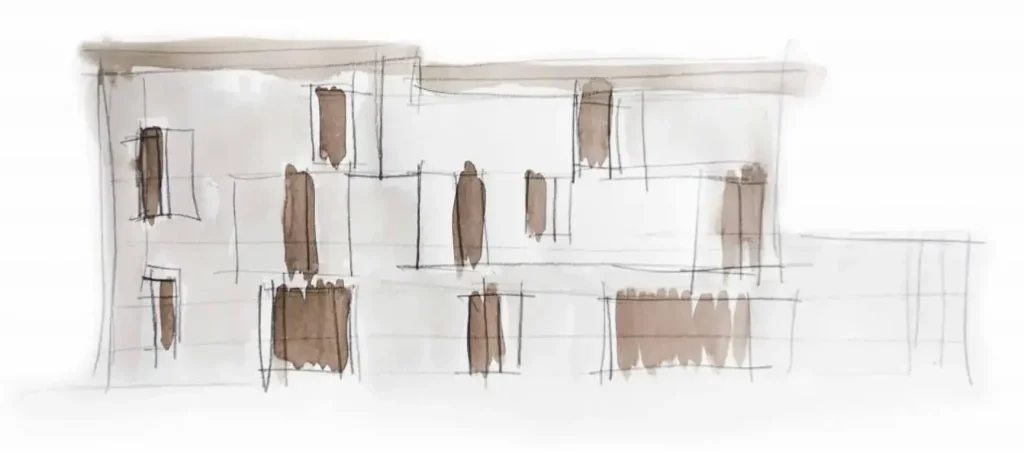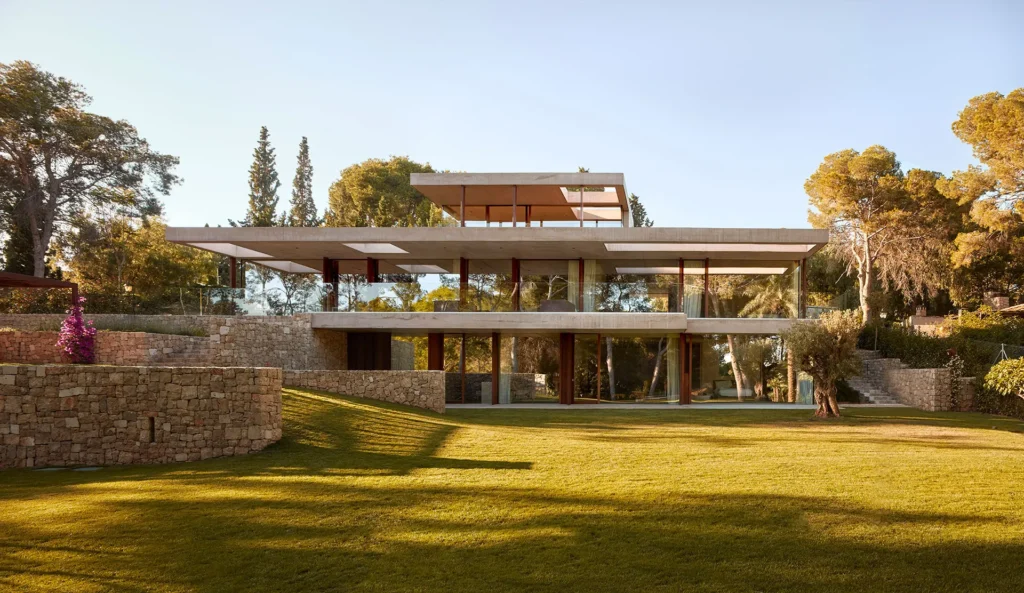Traditional guidelines, modern strategy
The traditional architecture is reviewed with a modern view so the house is integrated in its historical surroundings, but it is also related to our present time. The external façade adheres to the style, materials, colours and proportion between solid and void of the historic buildings around.Interior world
The façade and party wall of the house are completed according to the alignment of façades, following the guidelines of the old quarter. The strategy used in the core of the house is not noticeable from the outside. An interior courtyard has been created as a private universe where the house opens to.
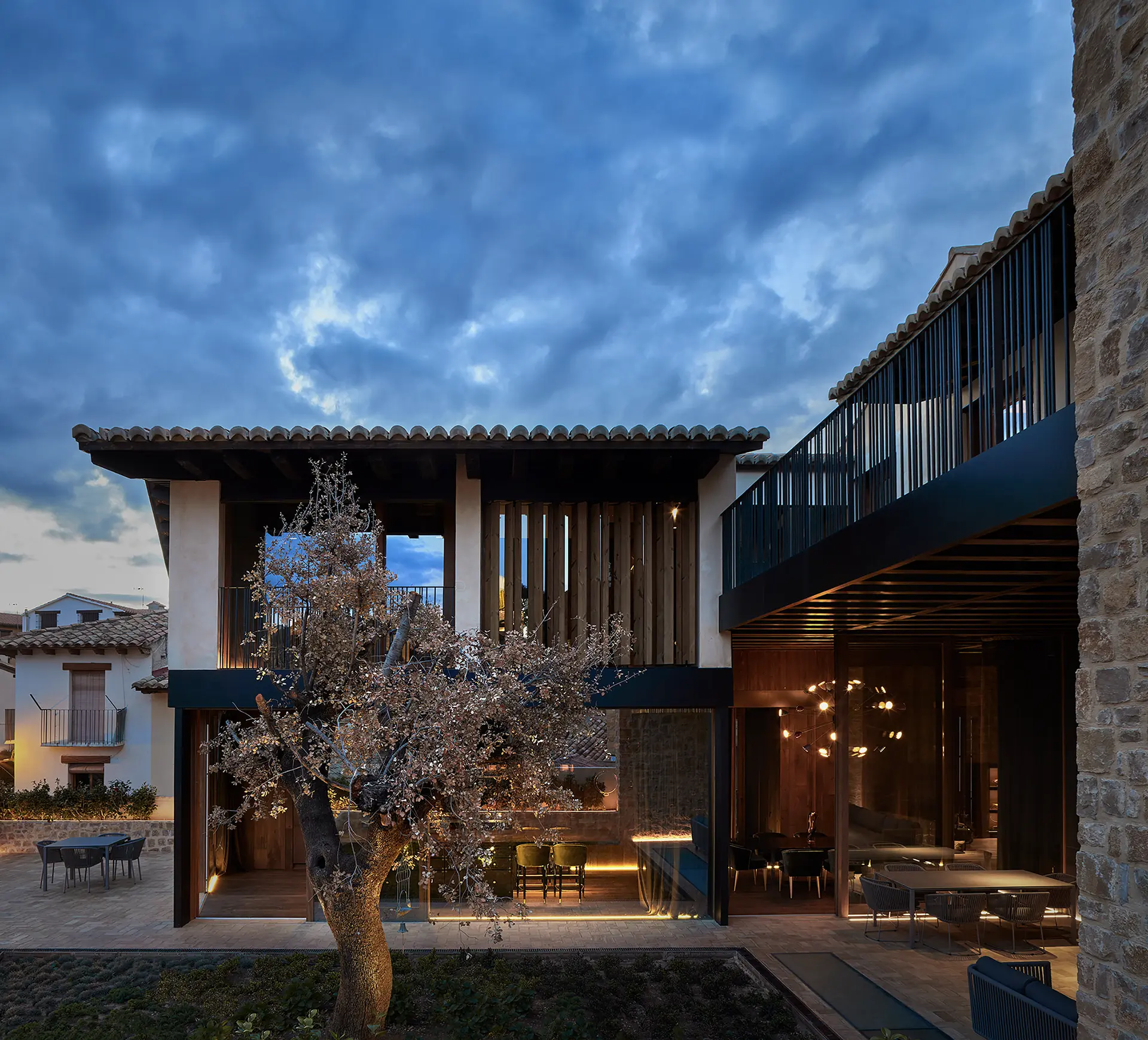
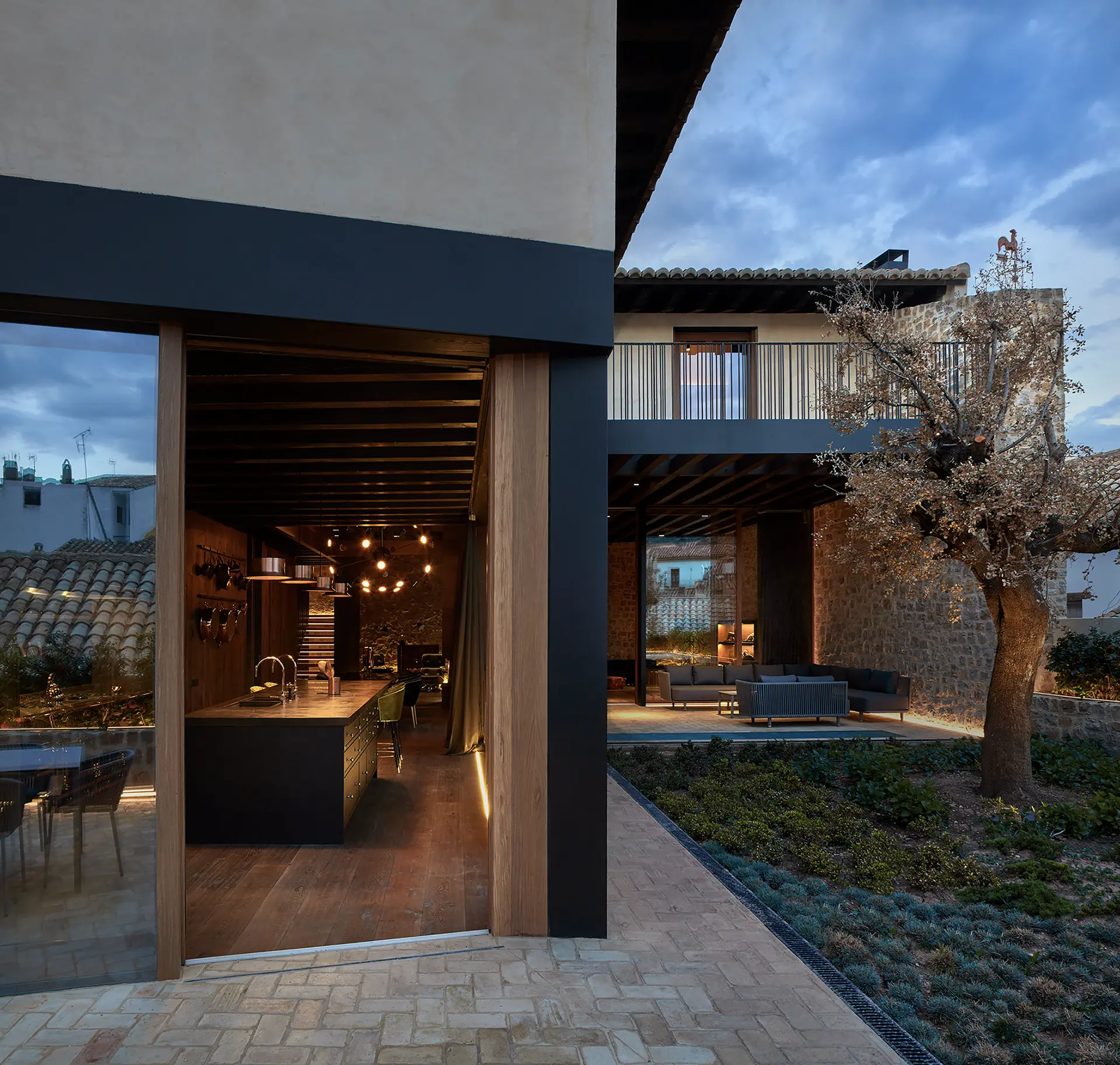
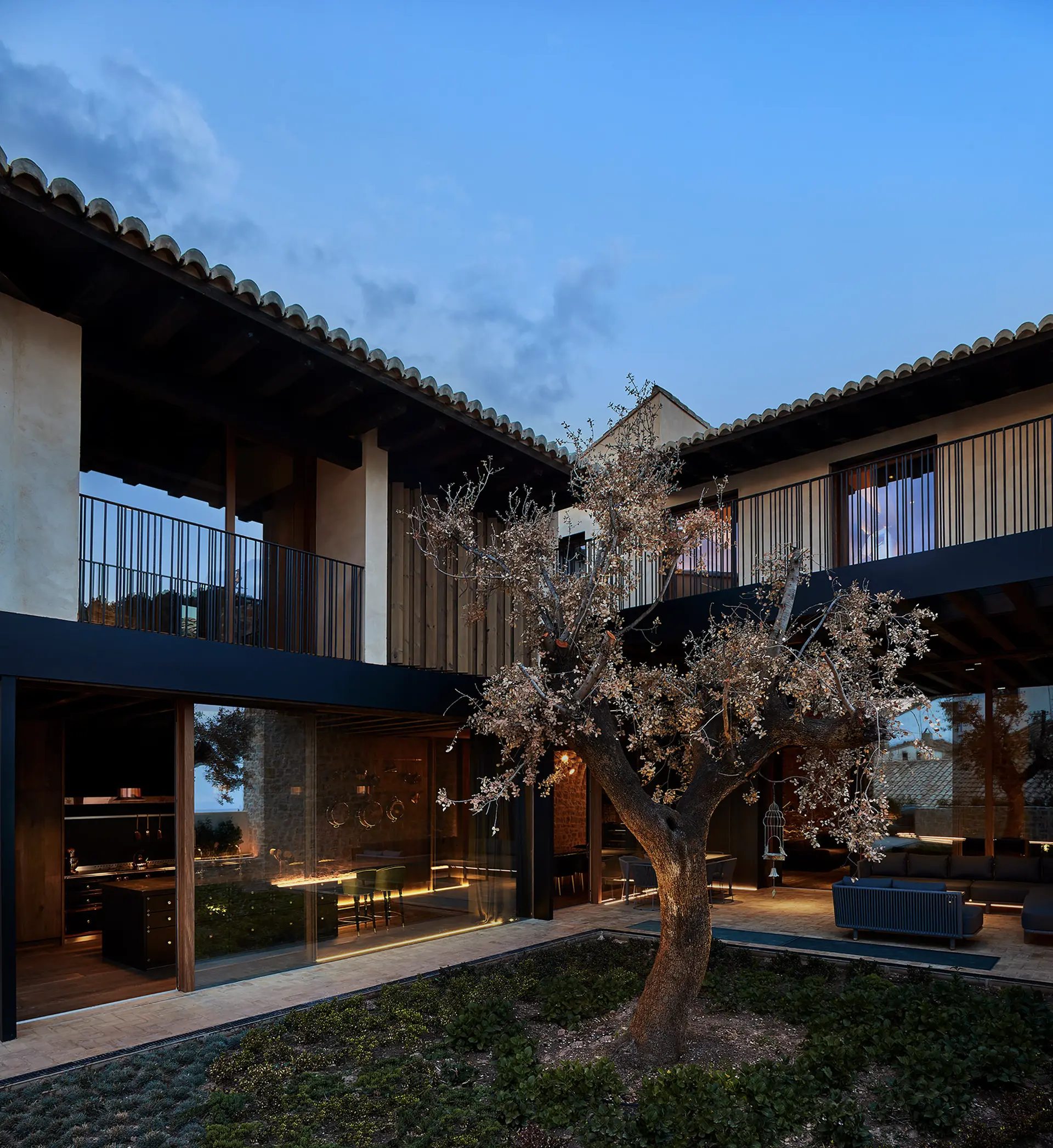
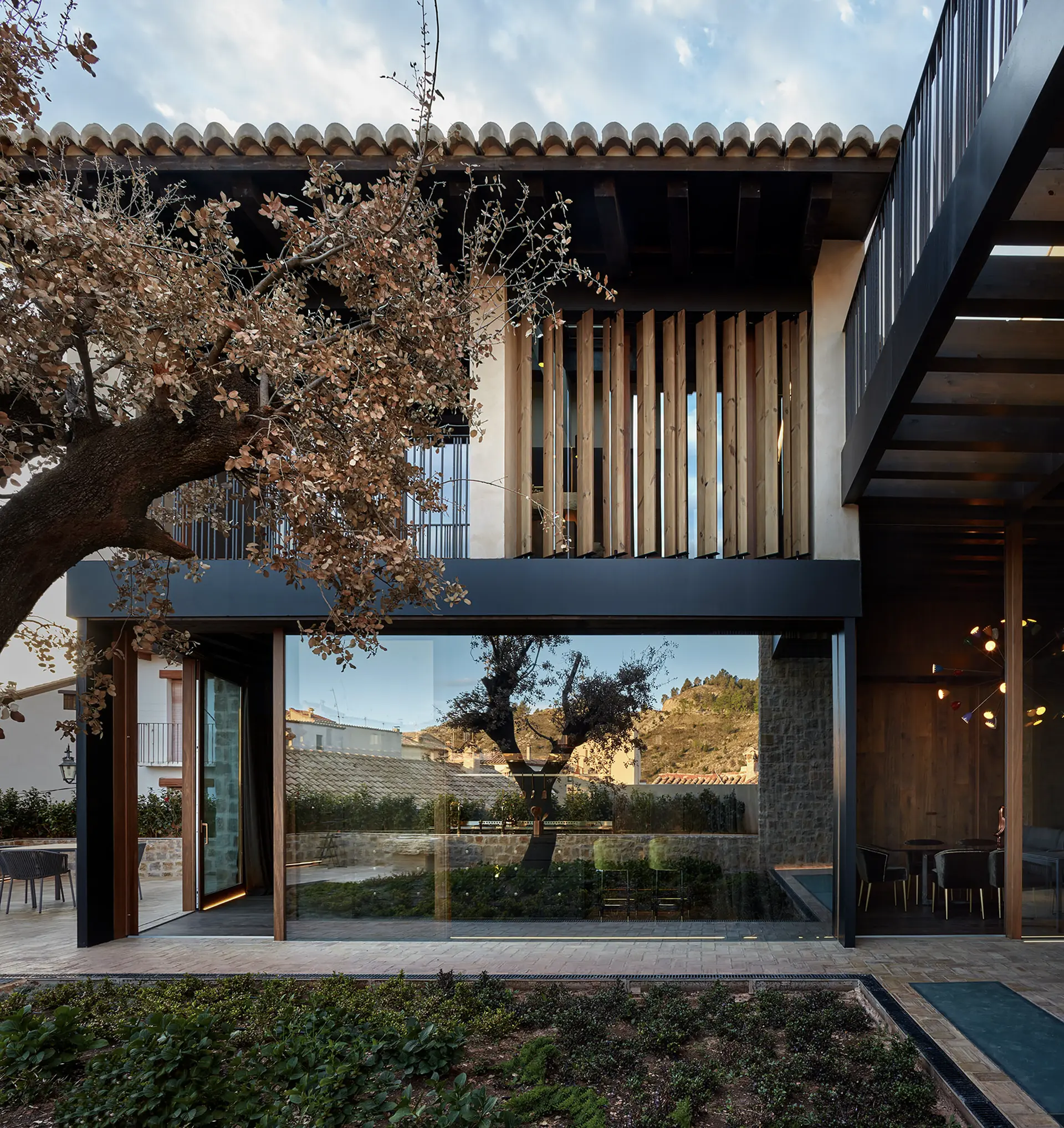
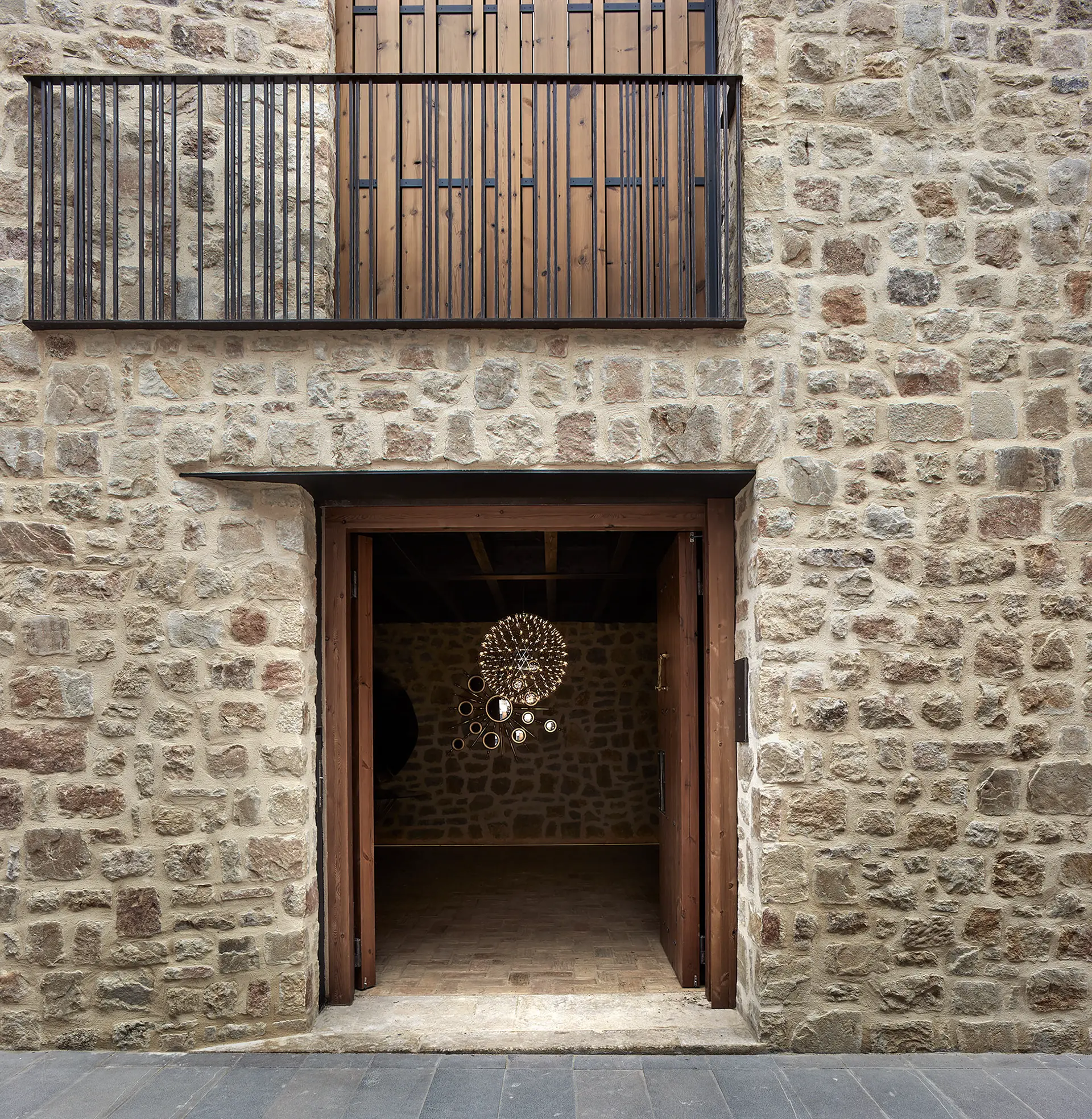
Designing the views
The house hides a private façade opening to the inner courtyard. This façade is much more open and modern, it follows the best orientation and frames and defines the intimate views over the courtyard.
Distribuition by layers
The house is an L-shaped dwelling with three storeys. The ground floor is designed as a plinth opening to the street, containing the access and other traditional uses such as the wine cellar and the wood store.
The first and second floors contain the living spaces and open to the interior courtyard. The first floor contains the daytime rooms, so it is more opened. The second floor contains the bedrooms and a solar lounge terrace.
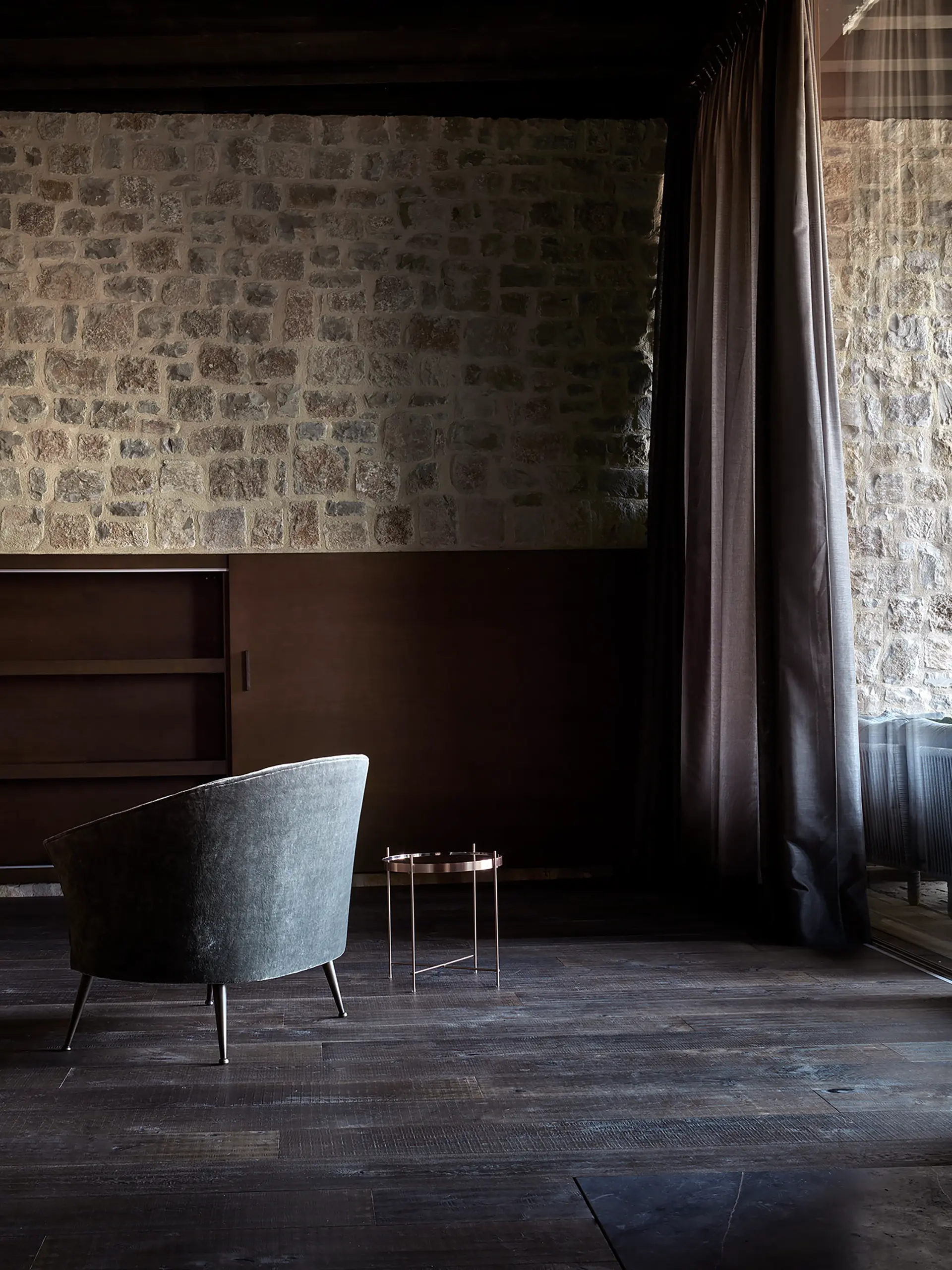
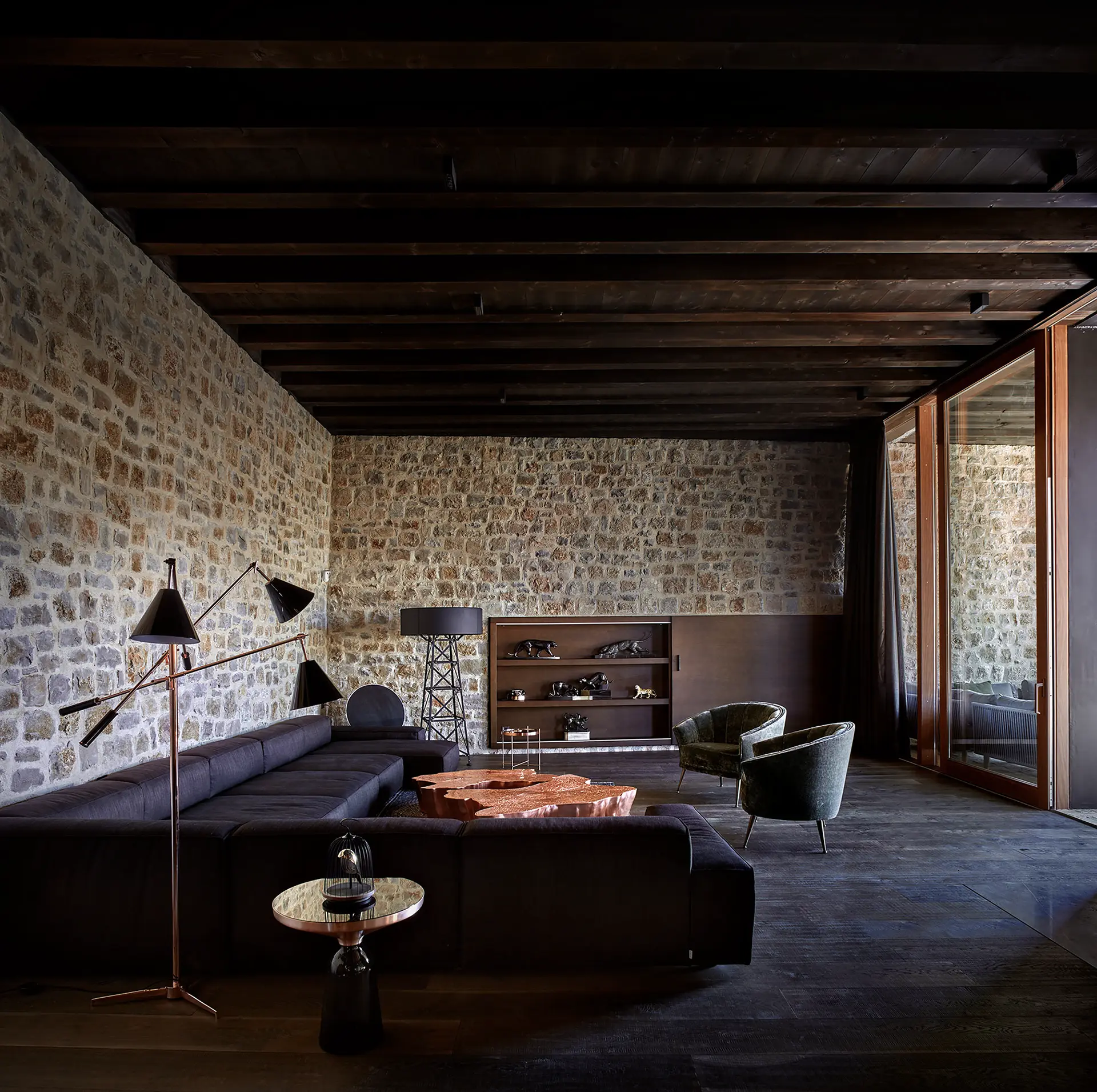

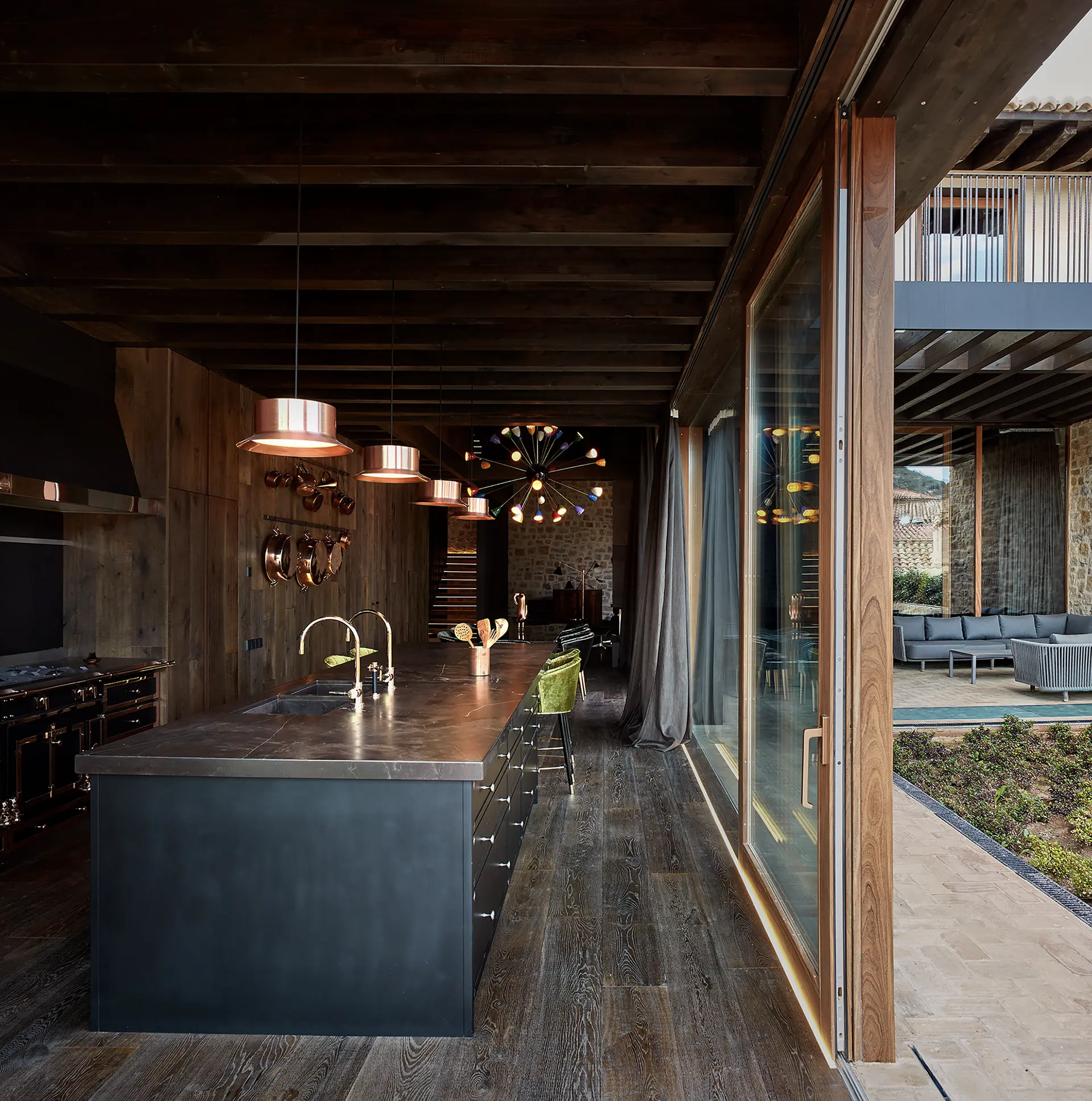
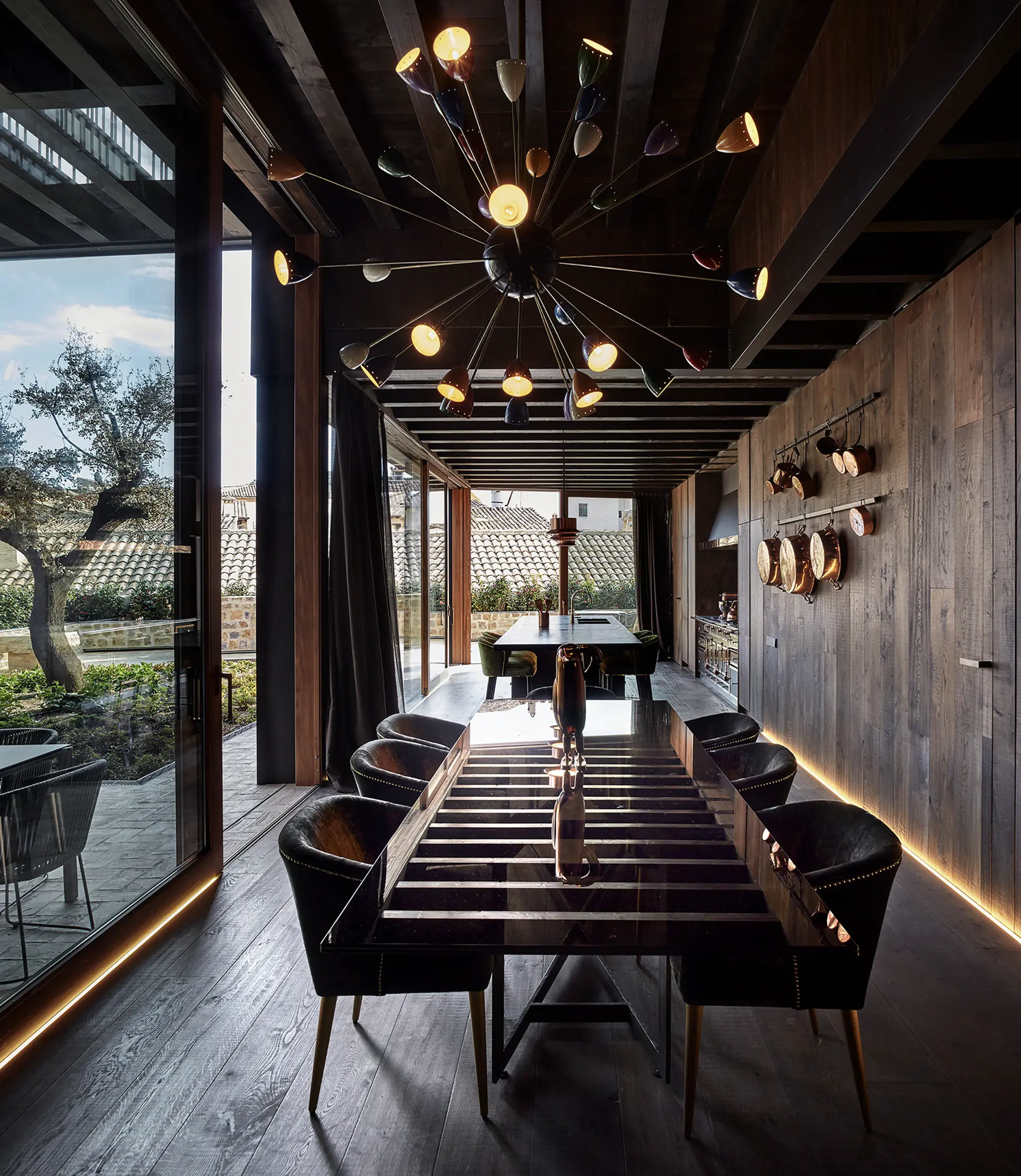
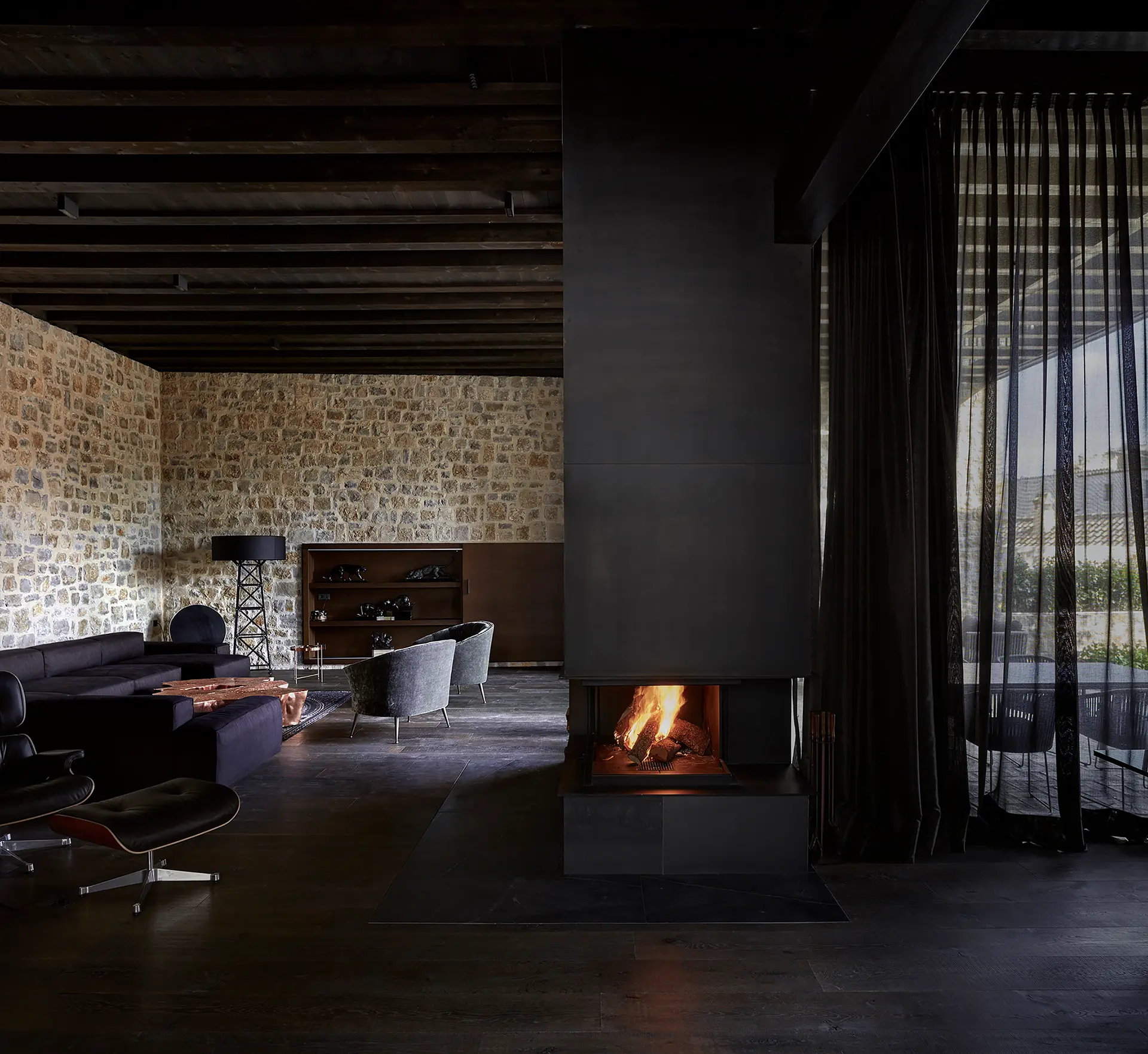
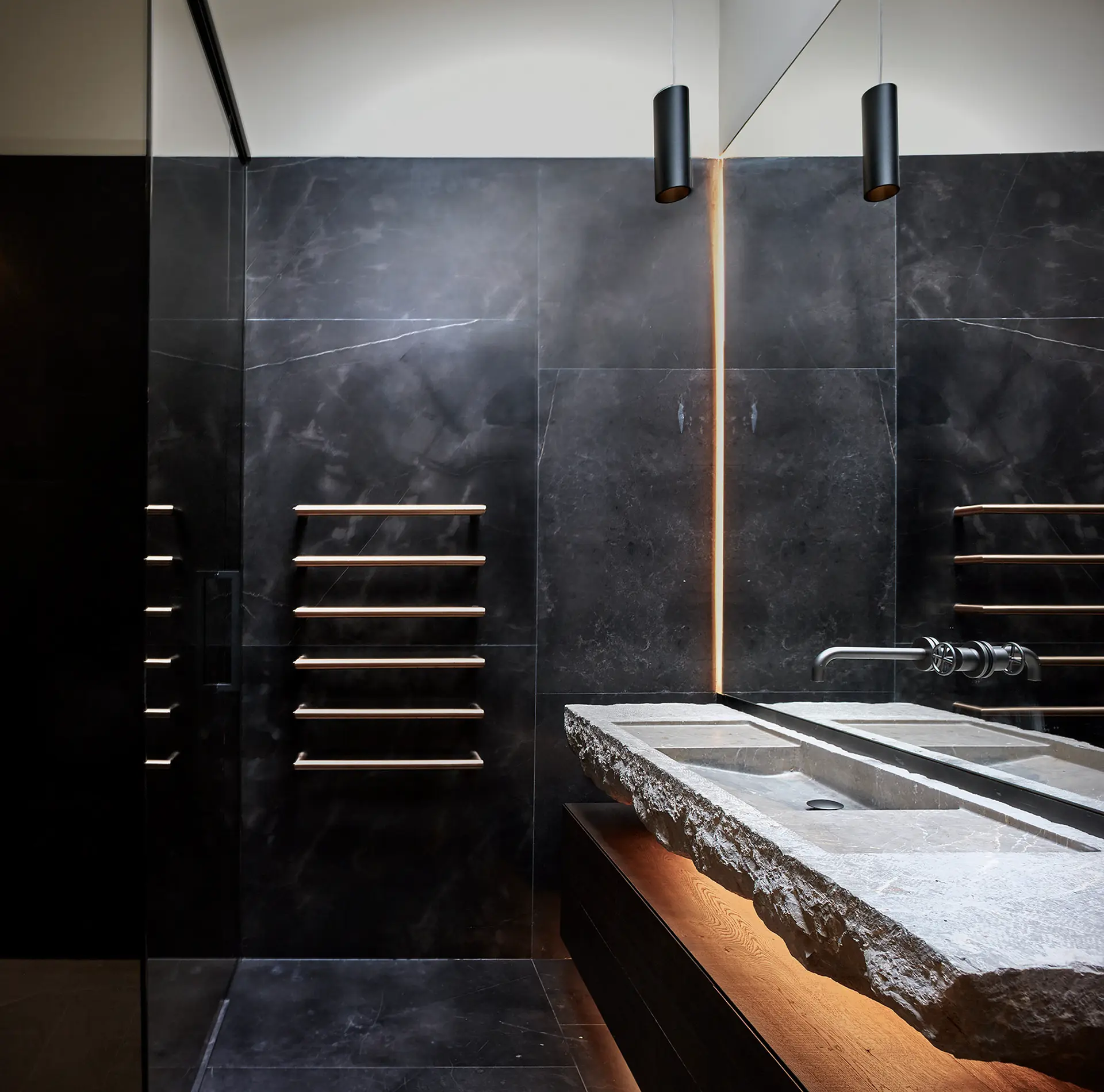
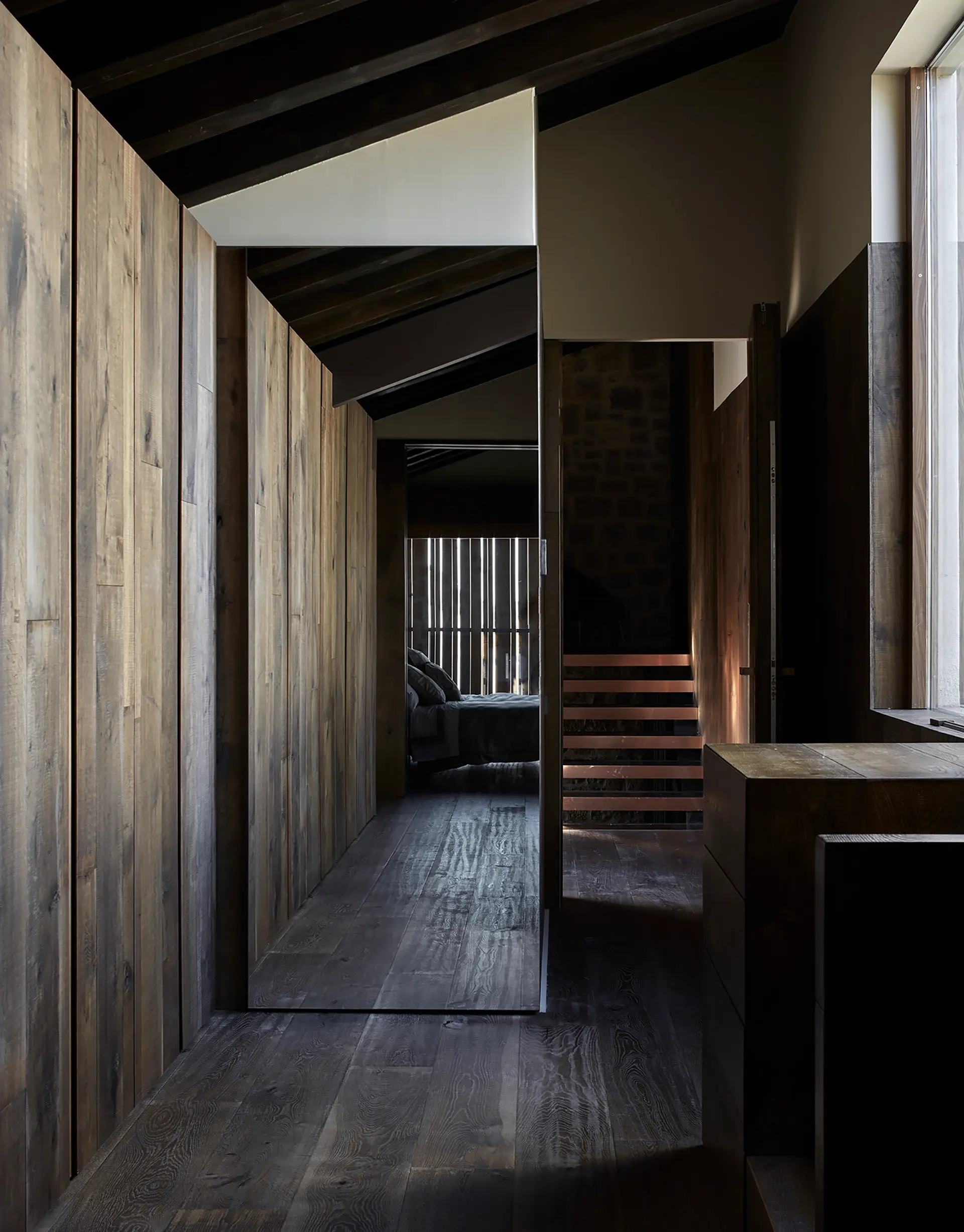

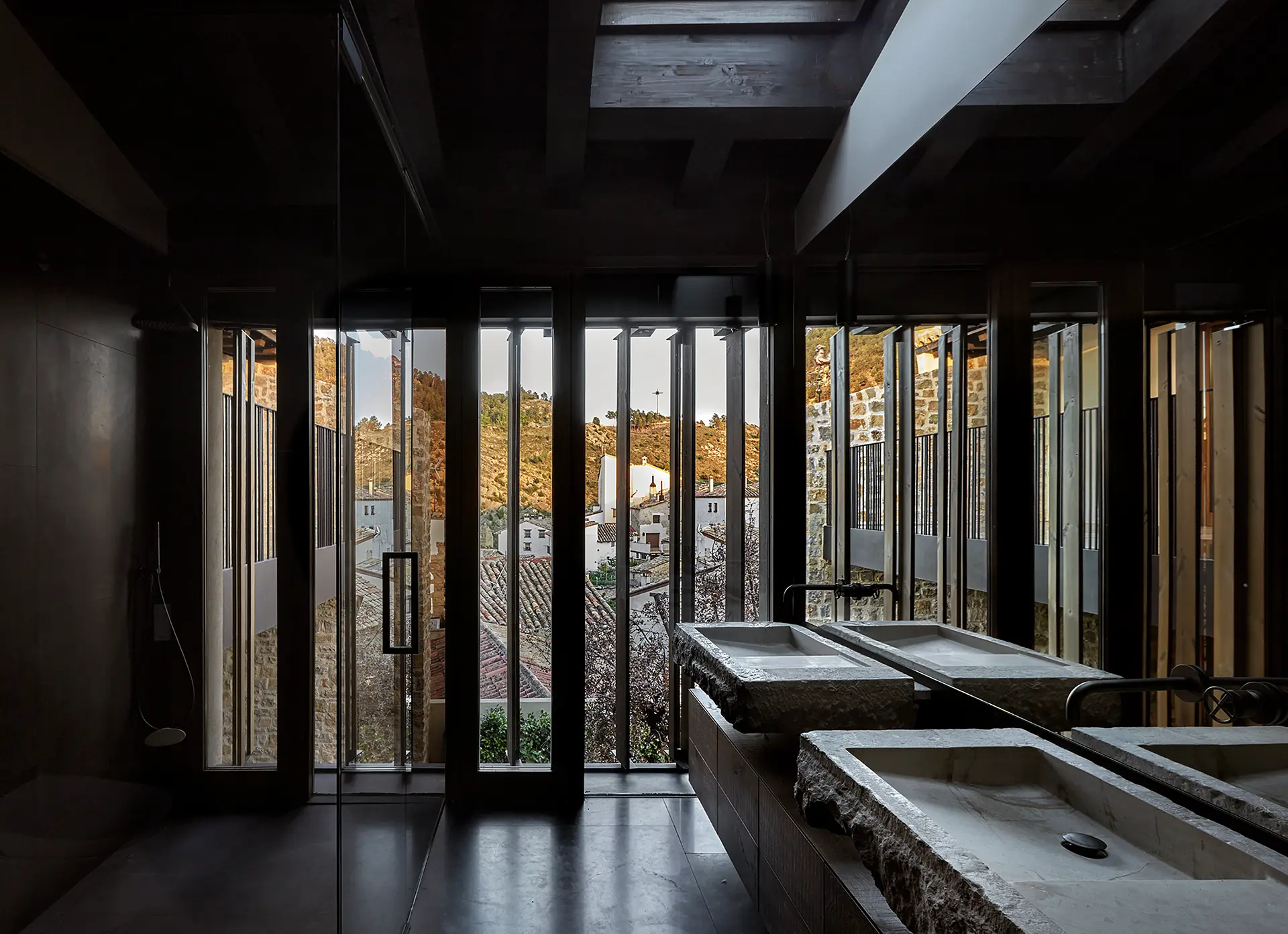
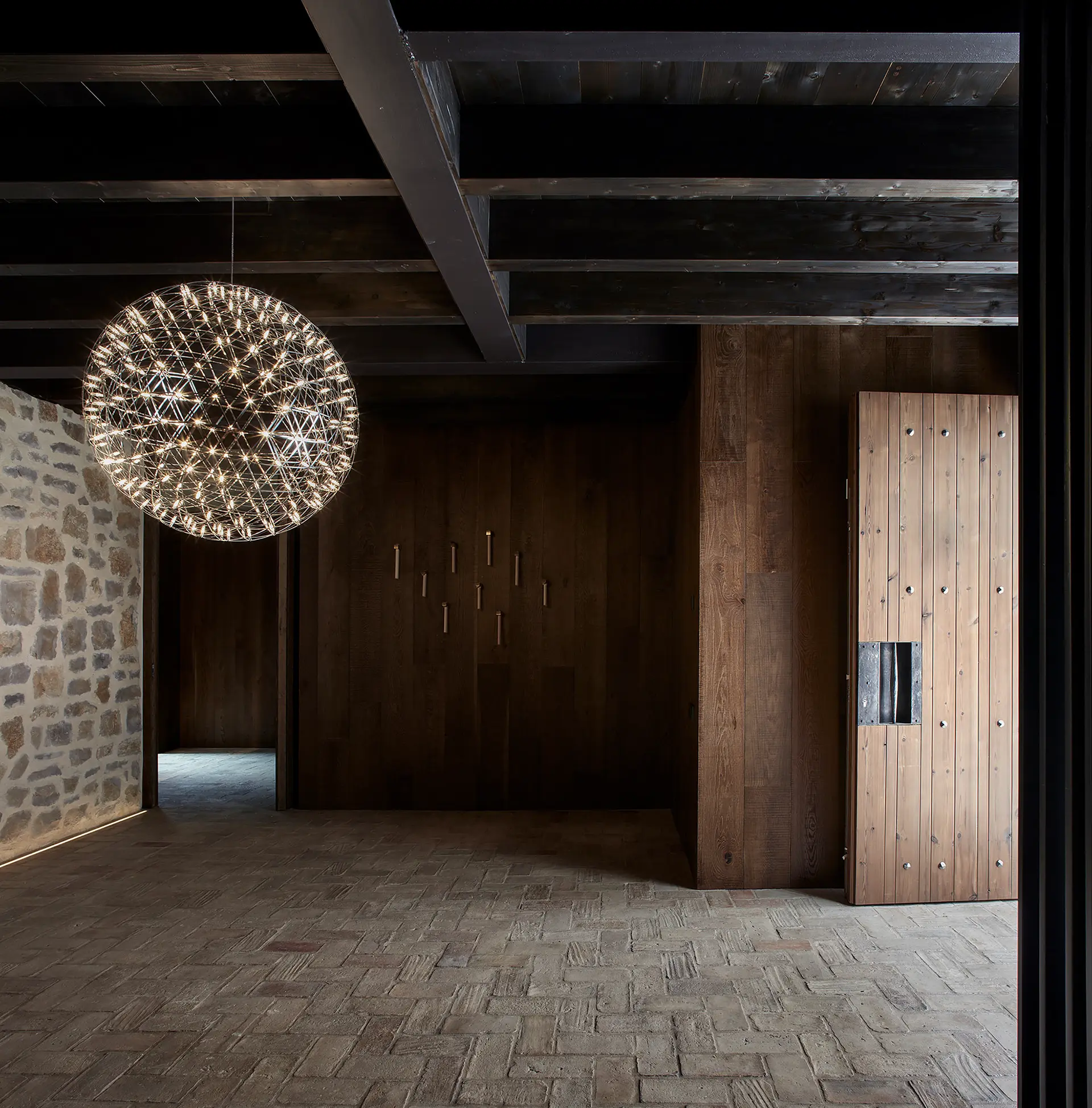
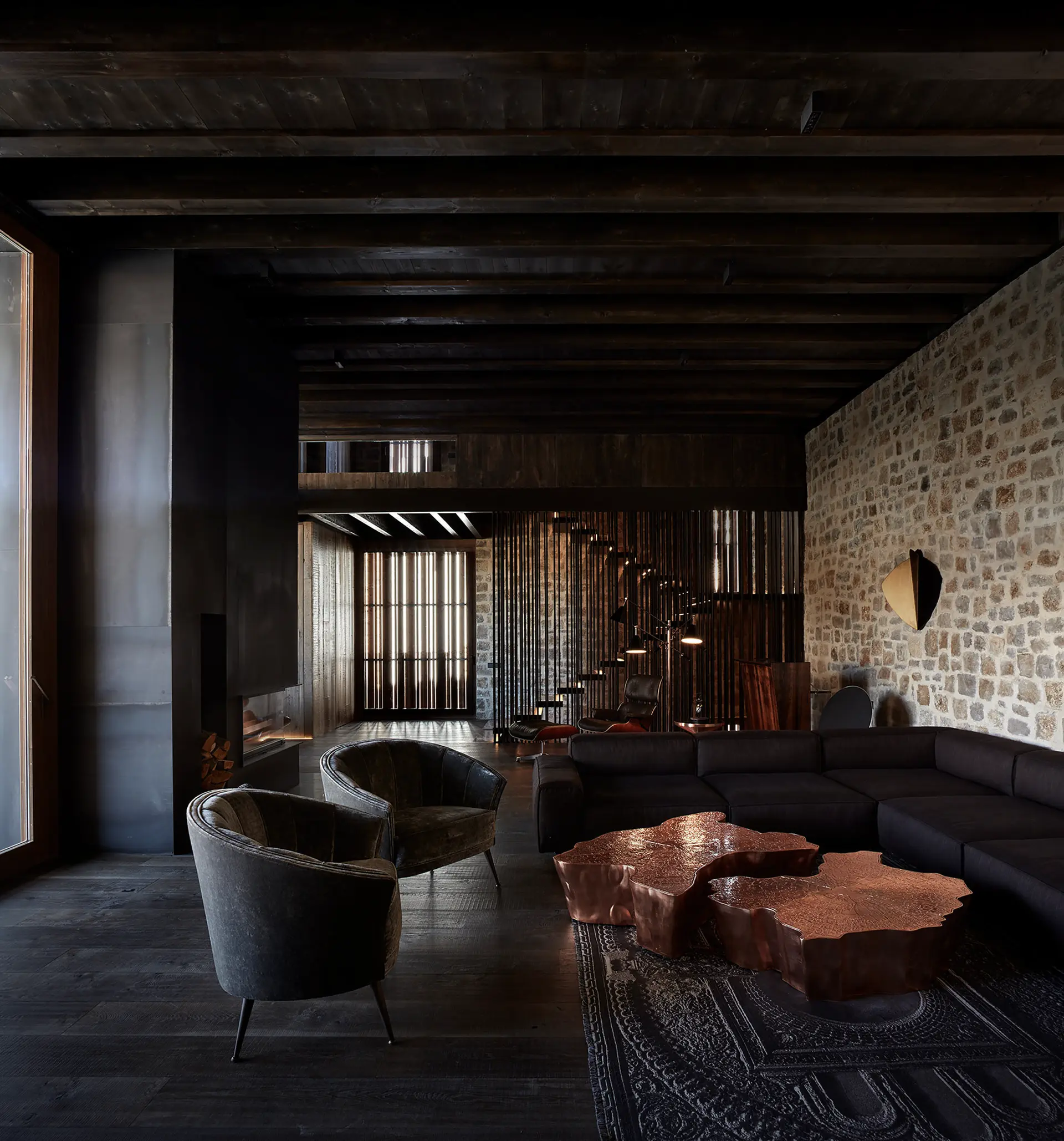
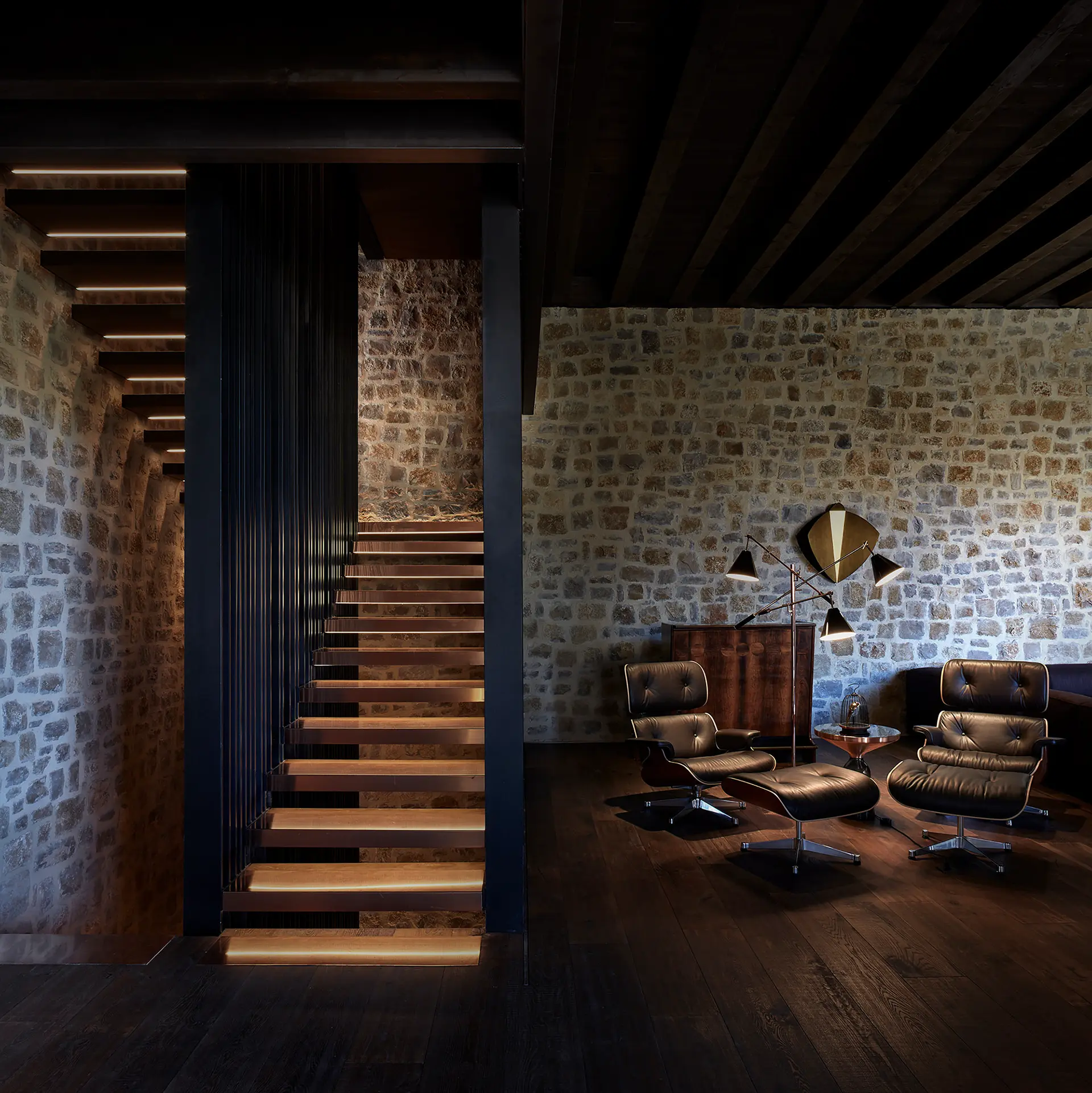
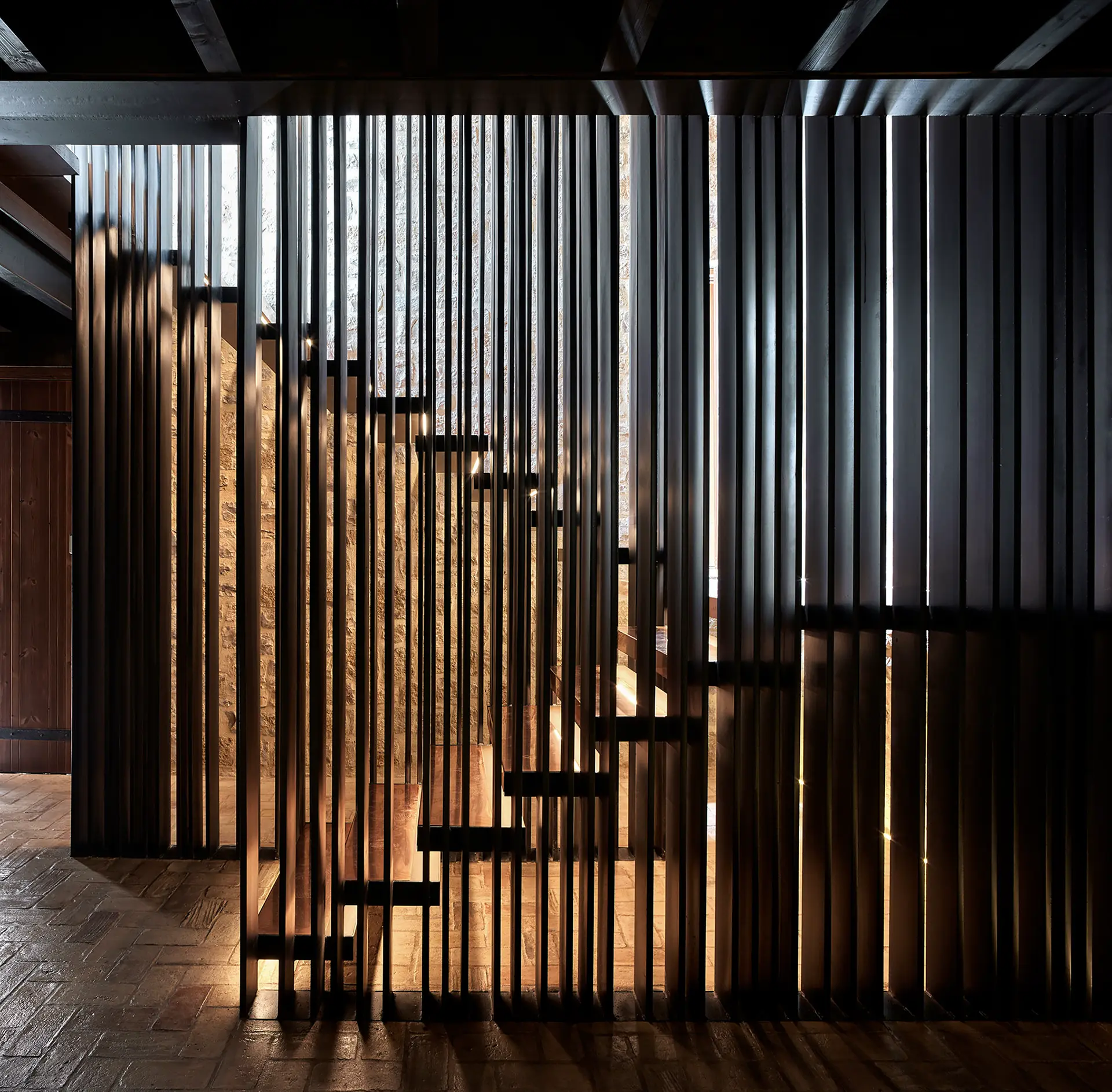
Warmth and comfort
The materials and the building system used in the construction of the house follow the traditional methods with a modern language. The resulting building keeps the warmth and comfort of a traditional town house. The perfect environment for a quiet life.
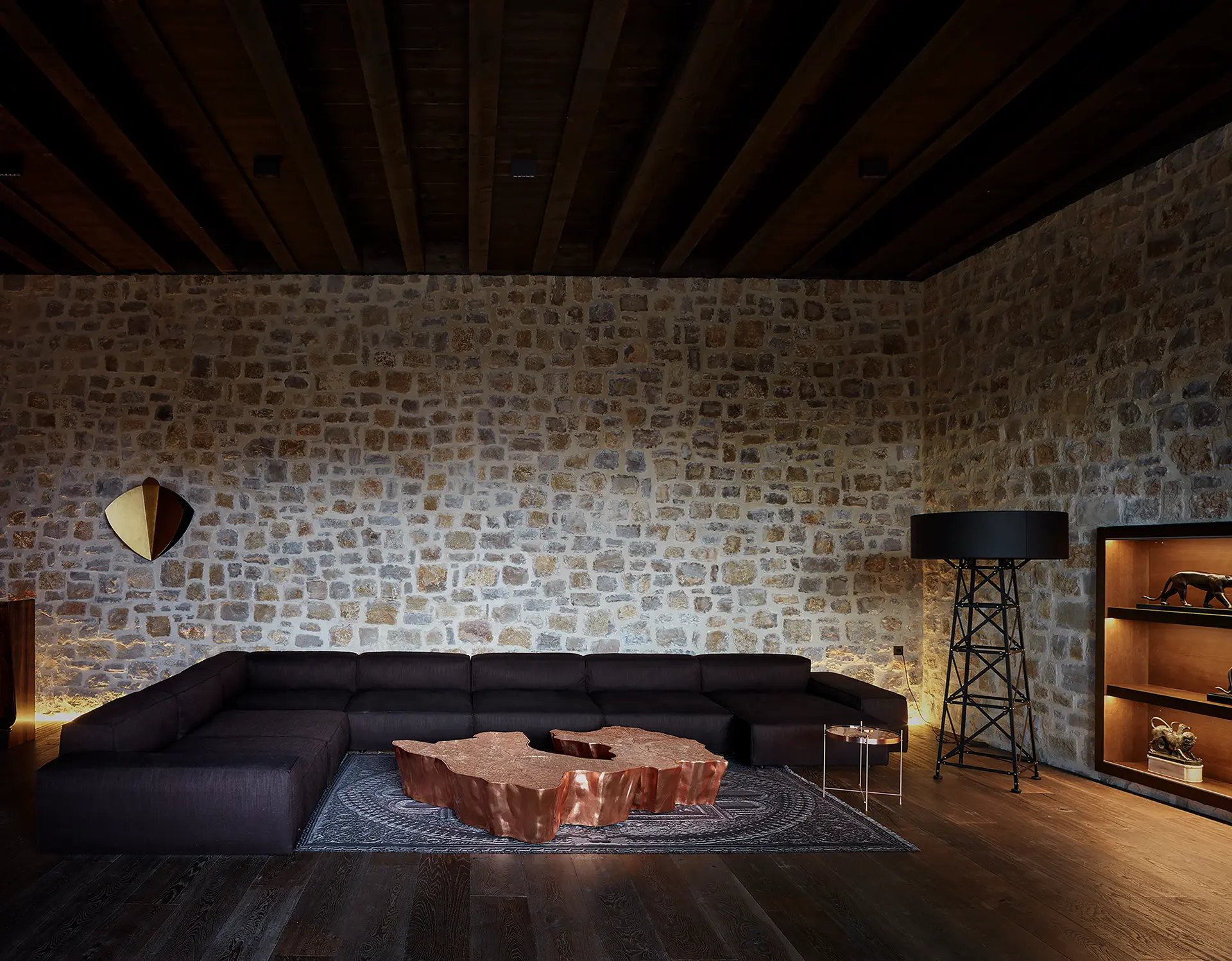
Architect
Ramón Esteve
Project Team
Víctor Ruiz
María Martí
Borja Martos
Concheta Romaní
Building Engineers
Emilio Pérez
Carolina Tarazona
REE Collaborators
Tudi Soriano
Benedetta Chicchini
Constructor
COVISAL FUTUR SL
Project Manager
Gonzalo Llin
Installation Engineering
Juan Pedro Jiménez Monteagudo
David Gimeno Asensio
Vicente García García
Photography
Mariela Apollonio
Filmmaker
Alfonso Calza

